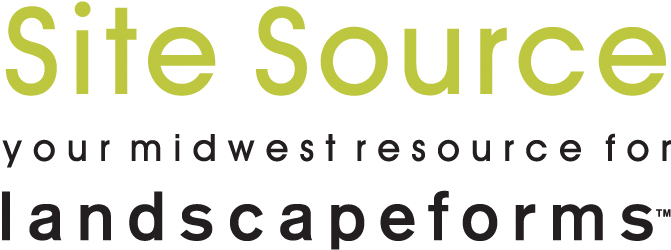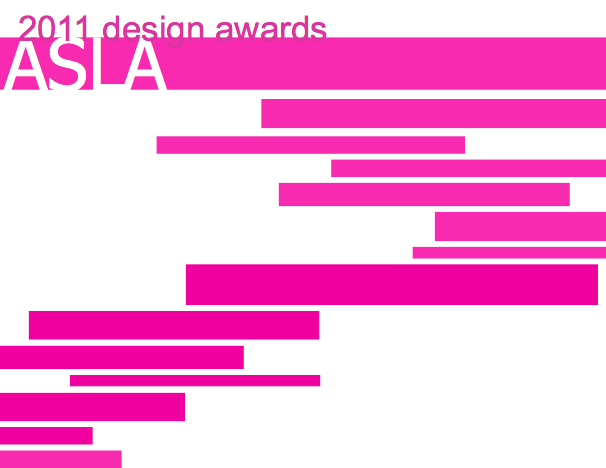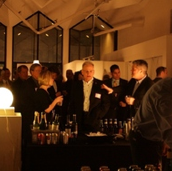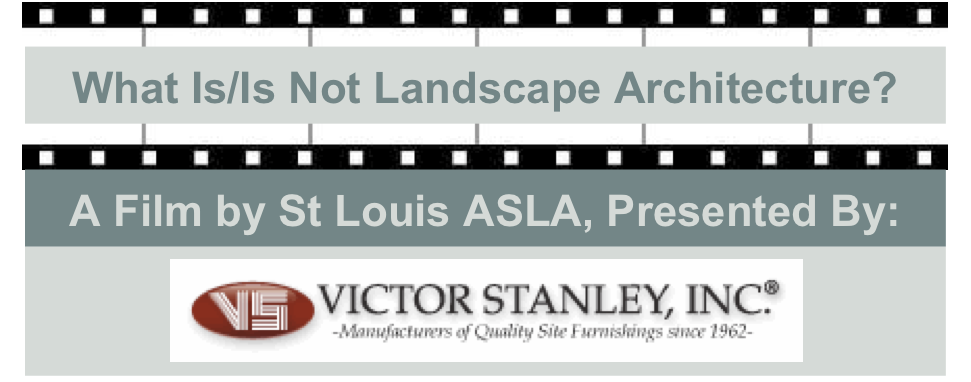Tu Bong Urban Master Plan: HOK - 2011 Honor Award
 Thursday, February 17, 2011 at 10:55PM Tweet
Thursday, February 17, 2011 at 10:55PM Tweet
Tu Bong New Urban Zone Conceptual Master Plan
Van Phong Bay, Vietnam
Overall Project Summary
The Tu Bong Master Plan provides the framework to develop a sustainable city based on the natural systems of a sensitive site that will creatively synthesize human need, environmental stewardship, and economic viability; a global model of urbanism where man and nature will live, grow and prosper in harmony.
The Master Plan capitalizes on the unique potential of the site to create significant and meaningful urban fabric while protecting the sensitive ecosystems along a quickly developing coastline. A mixed-use programmatic strategy will integrate dense urban fabric, productive landscape, and luxury resorts into catalysts that activate the site. The resulting urban landscape will be rooted in an in-depth analysis of the sensitive natural systems. By synthesizing market demands into a coherent and visionary idea that respects both current and future eco-systems, it will attract investors while maintaining a high quality of life for inhabitants and visitors. Through this integration of landscape and urban density, it will act as a model of sustainable development for new cities along the entire coast of Vietnam.
Project Purpose / Program
The 2000 hectare site for the new city lies along the coast of Van Phong Bay. Located in the Khanh Hoa Province of Vietnam, the site offers great potential due to the development of a new deep sea port in the Van Phong Economic Zone and its relative proximity to the vacation destination of Nha Trang and Ho Chi Minh City. The Master Plan strives to build upon the natural strengths of the site by emphasizing its advantageous position at the heart of the Bay and the vast natural land and seascape that surrounds it.
Tu Bong is intended to accommodate 58,000 inhabitants by 2020 and 110,000 once it is fully completed. Programmatically, the plan includes a civic and cultural center, health centers, educational centers, parks, and recreation amenities to compliment mixed use residential fabric. The parks and recreational system will include a sports center and a botanical garden. The residential fabric will hold a diverse range of densities by maintaining and renovating existing neighborhoods, adding low rise infill, and introducing high rise typologies. Major infrastructural improvements will include a marina, a re-routed high way, and a new train station.
Role of the Landscape Architect
The design team developed the conceptual master plan and produced all images included.
Special Factors & Significance
In order to achieve the client’s goal of a sustainable city rooted in its site, we utilized an analysis and design tool called FIT that is based in the fundamental principles of Biomimicry. FIT (fully integrated thinking) is a planning, visioning, and goal setting and management process that establishes a framework of key considerations that are based on life’s principles and systems integration. Using Biomimicry as a design ethos for sustainability, we can learn from nature how to be better adapted to the planet in the long run.







Reader Comments